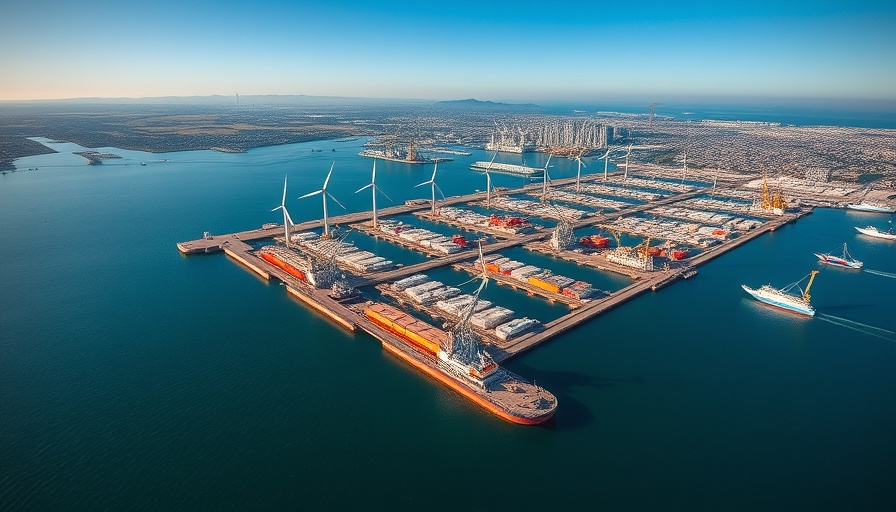
The Dawn of Vitrification: A Critical Milestone for Hanford
The commencement of the vitrification process at Hanford marks a pivotal moment in environmental remediation efforts. The Waste Treatment and Immobilization Plant (WTP) is set to transform hazardous nuclear waste into stable glass, a significant advancement in ensuring the safety and integrity of long-term waste management.
Operational Efficiency and its Implications
With the plant now operational, it is slated to operate around the clock, processing an impressive 5,300 gallons of waste daily. This rigorous schedule not only underscores the urgency of the task at hand but also highlights the efficiency of modern construction techniques and project management principles that have been applied at Hanford over the past two decades. The project's complexity, with an investment of over $30 billion, demonstrates significant advancements in construction technology that translate directly into improved project outcomes.
Environmental and Community Health Considerations
At the core of the Hanford vitrification initiative lies a commitment to environmental stewardship and public health. As Gov. Bob Ferguson noted, this milestone is crucial not just for the cleanup effort, but for protecting vital resources like the Columbia River and surrounding communities. Bechtel's efforts align with increasing expectations from stakeholders, including local populations and regulatory agencies, to manage cleanup projects with the highest safety and environmental standards.
Future of Waste Management: The Path Ahead
As the first batch of vitrified glass emerges from the WTP, attention turns to the next critical phase: transferring operations to new contractors, Hanford Tank Waste Operations & Closure (H2C). This collaboration will be essential in ensuring that the high-level waste treatment approaches are implemented effectively, maintaining a focus on safety and operational excellence.
How This Affects Construction Companies Today
For commercial construction companies, the advances witnessed at Hanford provide valuable insights into the integration of cutting-edge technology and adherence to regulatory requirements. As projects become increasingly complex, understanding and implementing practices exemplified at Hanford can enhance project efficiency and ensure compliance with modern standards.
This mirrors trends we see in construction as a whole: larger, more complex projects require innovative management solutions and technological integration. Companies that adapt to these evolving dynamics stand to gain a competitive edge in the market.
Call To Action: Connect with Us
As the construction sector evolves, staying abreast of trends like those at the Hanford site will empower your business strategy. Connect with us to learn how innovative practices in waste management can inform construction project efficiency, cost management, and quality outcomes. This is a waiting opportunity for firms poised to lead the next wave of construction innovation.
 Add Row
Add Row  Add
Add 




Write A Comment